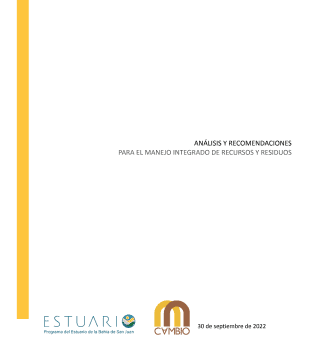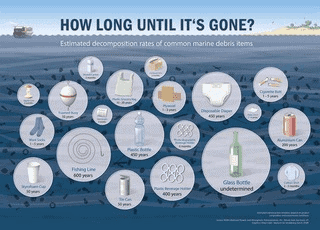Estuario Actions to Manage the Estuary’s Waste and Contaminants
The improper disposal of waste is one of the main contaminants in the Estuario de la Bahía de San Juan basin. The PEBSJ works to prevent unsanitary contaminants from reaching the estuarine waters in order to improve the quality of the water and environment.
What the PEBSJ is doing to manage waste:
- Integral Wasate Management Plan for the San Juan Bay Estuary Watershed
- Educational Campaigns – Our programs inform, create awareness, and promote behavioral change.
- «Que no toque el piso ni llegue al agua» (If it Doesn’t Touch the Ground, it Won’t Reach the Water) Campaign – This initiative works to improve the solid waste management at the Loíza street in Santurce. The purpose is to encourage businesses to adopt environmental best practices. This campaign is a collaboration of Taller Comunidad La Goyco, Comité Machuchal Limpio, and the estuary. We started in 2019, and in 2020 we recognized participating businesses. This project is made possible thanks to a collaboration with the Fundación Segarra Boerman e Hijos, Inc.
- «Deja una huella limpia en Piñones» (Leave a clean footprint in Piñones)
- Land and Water Cleaning – These activities allow citizens to get involved, understand, and commit to proper waste management practices and protection of the rain sewage systems.
- Oil Recycling Campaign – The goal is to avoid disposing of oil in the rain sewage systems through proper management and recycling in the Condado community.
Learn more about the community campaigns
The Contamination Reduction and Prevention Project is directed to the general public, focused on piers, fishing areas, and nautical clubs, where most of the contamination comes. For example:
- Watercraft vessels produce liquid waste (used waters) and solid waste at the piers.
- At the fishing areas, fishing lines are common contaminants along with regular waste.
- Nautical club employees, guests, and watercraft vessel operators may contribute to waste management control.
Waste discharge from watercraft vessels violates the quality standards established for superficial waters and aquatic systems in Puerto Rico.
Management Strategies to Reduce or Eliminate Contamination Sources
In order to manage, reduce, or eliminate aquatic waste, it’s important to:
- Educate.
- Eliminate them from the source.
- Create a disposal infrastructure.
- Maintain rain and sanitary sewage systems.
- Establish oversight and regulation.
- Implement cleaning protocols.
As citizens who are responsible and engaged with the environment, we follow these guides:
- Avoid generating too much waste.
- Dispose of waste correctly.
- Recycle everything that can be recycled.
- Avoid contaminating and obstructing the sewage systems.
- Provide adequate maintenance to the sewage systems.
- Empower communities.
- Adopt sewage systems and bodies of water.
- Be involved in community projects and initiatives.
- Organize community cleanings.
Sewage Systems (Rain and Sanitary)
The rain sewage infrastructure collects rainwater to avoid flooding. Unlike the sanitary sewage system, the water that goes through these sewage systems is not treated. Everything that flows into the rain sewage systems on the streets leads to a waterway, therefore it can easily become contaminated. These rain sewage systems are managed by municipal jurisdictions.
The sanitary sewage system, however, is under the jurisdiction of the Aqueduct and Sewage Authority (AAA for its Spanish acronym). This system collects used water from residences, businesses, and other buildings and takes it to the AAA facilities where it is treated and disposed of correctly.
Read here the Report of Analysis and Recommendations for the Integrated Management of Resources and Waste
Visit below the final report developed by CAMBIOPR for the San Juan Bay Estuary Program on concrete actions to «improve the quality of the habitat and increase the aesthetic, recreational and economic values of the [EBSJ] guaranteeing that the basin is free of aquatic waste”. (CAMBIOPR, 2022)

Visit the Solid Waste Map!
Click here to view the interactive Solid Waste Map that shows collection centers, Aqueduct and Sewage Authority pump stations, municipalities, total population, sanitary systems, rivers, and ravines.
The Three Rs:
- Reduce – Avoid generating solid waste.
- Reuse – Use materials more than once for their main purpose or another purpose.
- Recycle – Recover materials that were thrown away and can be used to create the same or another product or to recuperate the raw material.

What materials can be reduced, reused, and recycled?

Plastic #1 and #2
Aluminum
Paper
Carton
Tires
Oils
Metals
The Estuario de la Bahía de San Juan Program supports the reducing, reusing, and recycling of materials. By avoiding and creating the least amount of waste, we help reduce the amount of trash that enters landfills and sanitary systems in Puerto Rico. We also help protect the estuary’s waters and its ecosystem. For this reason, we encourage the population to reduce utilization of single-use products, use reusable products instead, and recycle in their homes, workplaces, and communities.
Collection centers are locations established by agencies, municipalities, and organizations or other institutions to receive materials with recycling potential. Many of these collection centers are located in the Public Works Departments of the municipalities or locations with public access. We encourage you to find information about the collection centers near your area, separate waste in your house, and share information with your community about the benefits of reducing, reusing, and recycling.


